Polydamus Lucayus Swallowtail laid Eggs?? on the Wooly Pipevine
annabananaflzone9b
4 years ago
Featured Answer
Sort by:Oldest
Comments (31)
Related Professionals
Waunakee Landscape Architects & Landscape Designers · Kettering Landscape Contractors · Las Vegas Landscape Contractors · Little Ferry Landscape Contractors · Roseville Decks, Patios & Outdoor Enclosures · St. Louis Decks, Patios & Outdoor Enclosures · Lawrenceville Siding & Exteriors · Marion Siding & Exteriors · Marlton Siding & Exteriors · North New Hyde Park Landscape Architects & Landscape Designers · Galt Landscape Contractors · North Haven Landscape Contractors · North Plainfield Landscape Contractors · Wailuku Landscape Contractors · Bloomington Fence Contractorsannabananaflzone9b
4 years agoannabananaflzone9b
4 years agoannabananaflzone9b
4 years agolast modified: 4 years agoannabananaflzone9b
4 years agoannabananaflzone9b
4 years agoMissSherry
4 years agoannabananaflzone9b
4 years agoannabananaflzone9b
4 years agoannabananaflzone9b
4 years agoannabananaflzone9b
4 years agoannabananaflzone9b
4 years agoannabananaflzone9b
4 years agoannabananaflzone9b
4 years agosultry_jasmine_nights (Florida-9a-ish)
4 years agolast modified: 4 years agoannabananaflzone9b thanked sultry_jasmine_nights (Florida-9a-ish)annabananaflzone9b
4 years ago
More Discussions






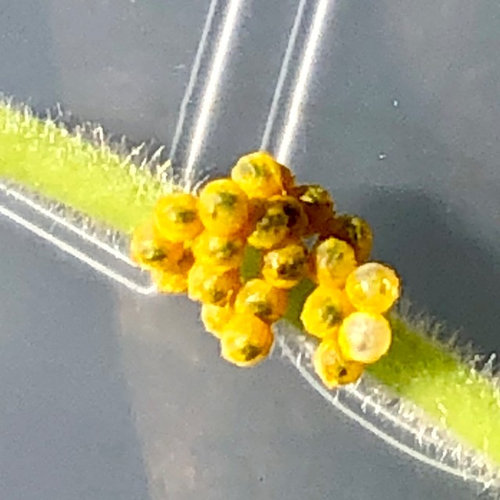





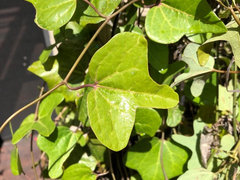
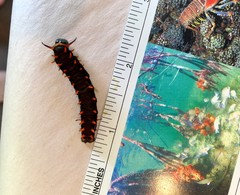
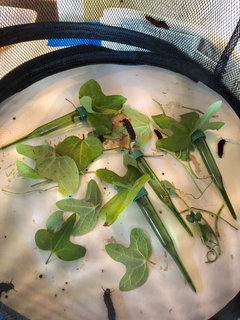

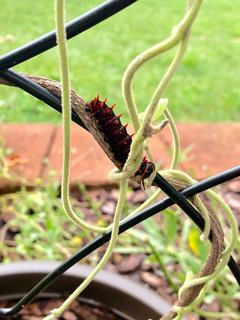
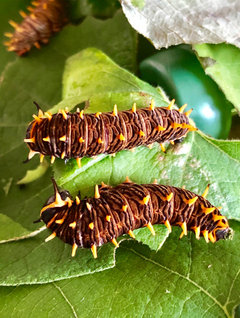
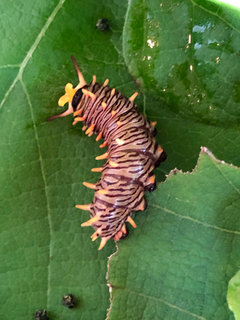




Tom